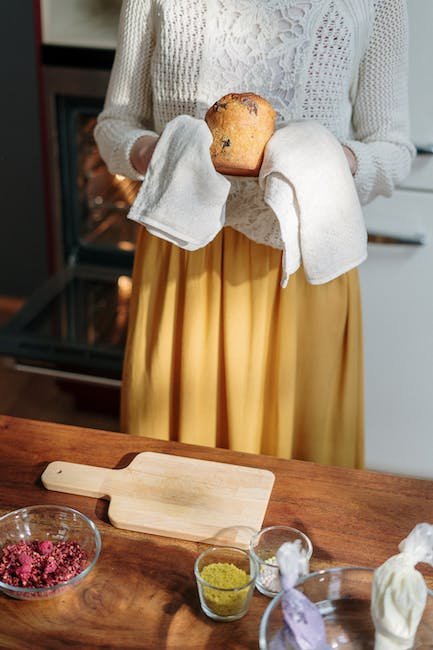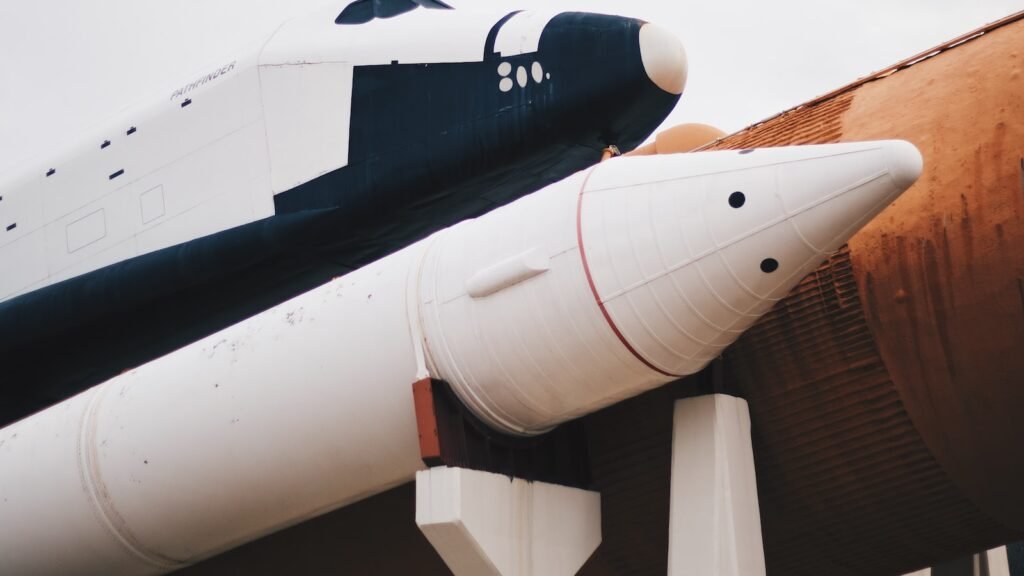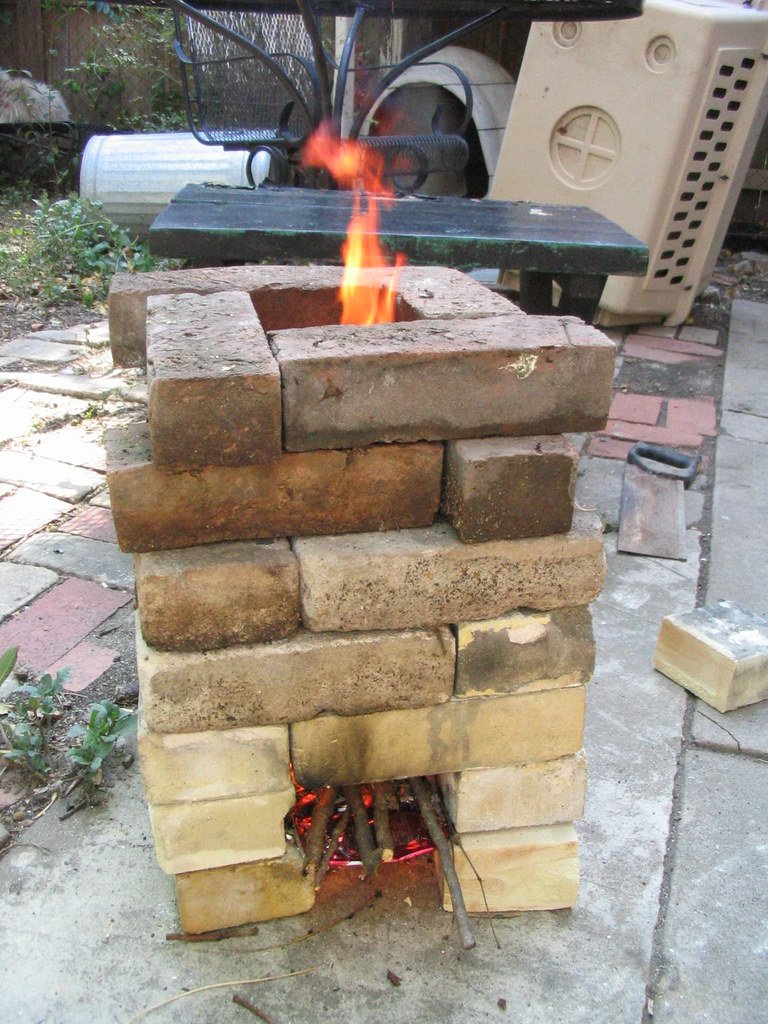Now Reading: How to Make Your Own Off-Grid Animal Feed
-
01
How to Make Your Own Off-Grid Animal Feed
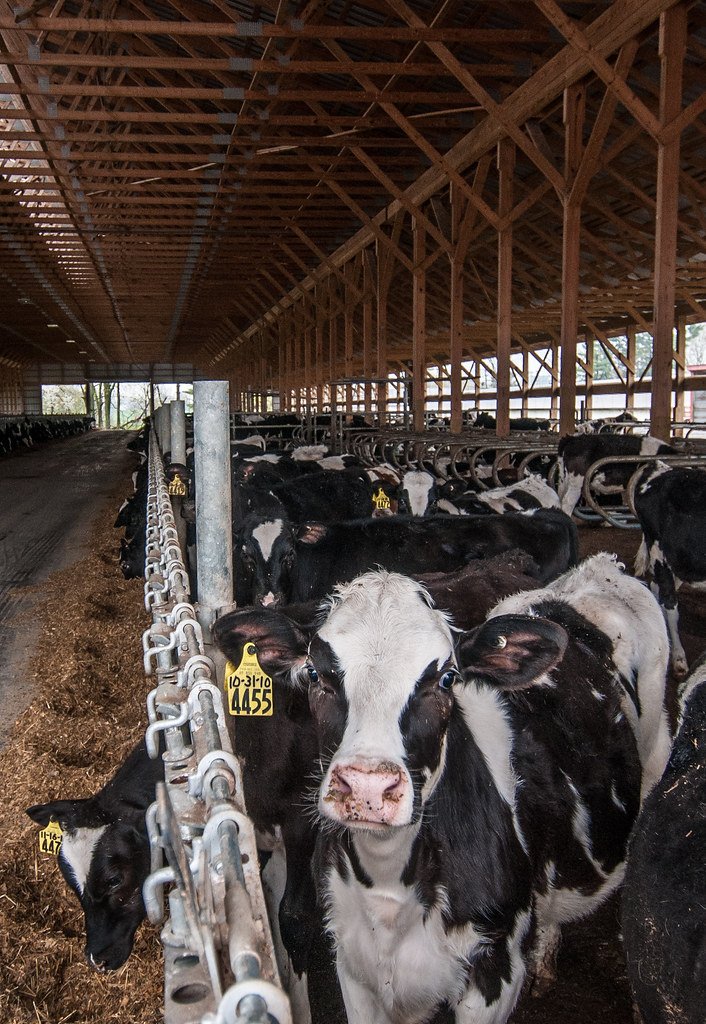
How to Make Your Own Off-Grid Animal Feed
Rural living, away from the hustle and bustle of city life, often calls for a self-sustainable approach in every aspect. Whether you’re a homesteader, a livestock owner, or simply someone who wants to reduce their ecological footprint, making your own off-grid animal feed is a rewarding endeavor. By embarking on this path, you can gain not only control over the quality of feed your animals consume but also a deeper connection with the food cycle. In this article, we will explore the ins and outs of creating homemade animal feed, equipping you with the knowledge needed to provide your beloved creatures with natural and nutritious sustenance from the comfort of your own self-sufficient homestead.
Table of Contents
- The Importance of Off-Grid Animal Feed for Self-Sufficient Homesteaders
- Exploring Nutritional Needs: Understanding Your Animals’ Diet
- Sourcing Local Ingredients: Finding the Best Off-Grid Feed Options
- The DIY Approach: Creating Homemade Animal Feed Mixes
- Tips for a Balanced Diet: Ensuring Proper Nutrition for Your Animals
- Q&A
- Wrapping Up
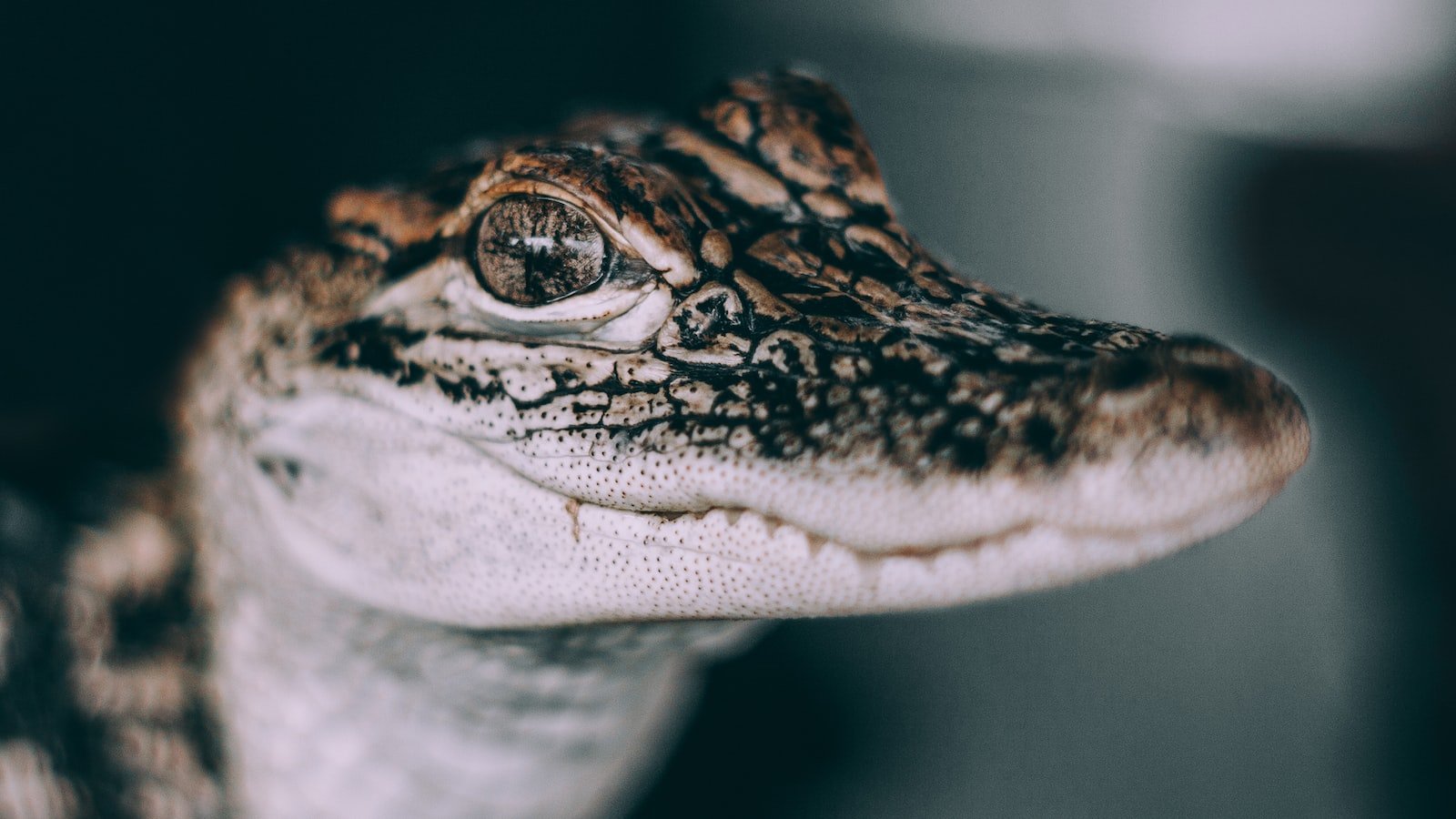
The Importance of Off-Grid Animal Feed for Self-Sufficient Homesteaders
In today’s fast-paced and modern world, many homesteaders are choosing to live off-grid and embrace self-sufficiency. They are taking it upon themselves to produce their own food, including animal feed, to ensure a sustainable and environmentally friendly lifestyle. The importance of off-grid animal feed cannot be underestimated for these self-sufficient homesteaders, and here’s why:
- Control over ingredients: By producing their own animal feed, homesteaders have complete control over the ingredients that go into their animals’ diets. This allows them to avoid harmful additives and fillers commonly found in commercial feeds. Instead, they can provide their animals with a nutritionally balanced diet using organic and locally sourced ingredients.
- Saving on costs: Producing off-grid animal feed can significantly reduce costs for self-sufficient homesteaders. By utilizing their own resources and minimizing reliance on commercial feed, they can save money in the long run. Additionally, the ability to grow and harvest their own crops for animal feed ensures a steady and affordable supply.
- Reducing environmental impact: Off-grid animal feed production promotes environmental sustainability. Homesteaders can implement regenerative farming practices, such as growing cover crops and using natural fertilizers, to nourish the soil and reduce erosion. By avoiding the transport and packaging associated with commercial feed, they also lower their carbon footprint.
- Building resilience: Being self-sufficient in animal feed strengthens the resilience of a homesteader’s operation. By diversifying their feed sources and developing their own sustainable practices, they become less dependent on external factors such as market fluctuations and supply chain disruptions. This resilience ultimately contributes to the long-term success of their homesteading journey.
Embracing off-grid animal feed production is an essential component of self-sufficient homesteading. It empowers individuals to take charge of their animals’ nutrition while promoting environmental sustainability and reducing costs. By investing in the production of high-quality, homemade animal feed, homesteaders can truly achieve their goal of self-sufficiency and live harmoniously with nature.

Exploring Nutritional Needs: Understanding Your Animals’ Diet
Providing proper nutrition for your animals is crucial for their overall health and well-being. Understanding their dietary requirements is key to ensuring they receive the necessary nutrients to thrive. Here are some important factors to consider when it comes to your animals’ diet:
- Variety is the spice of life: Just like humans, animals thrive on a varied diet. Offering a diverse range of foods helps provide a balanced mix of essential nutrients. For example, dogs may benefit from a combination of high-quality kibble, fresh fruits and vegetables, and occasional lean meats. It’s important to consult with a veterinarian to determine the specific dietary needs of your animal.
- Age and life stage: An animal’s nutritional requirements can vary based on their age and life stage. Puppies, kittens, senior animals, and pregnant or nursing mothers may require different nutrients to support their specific needs. Be sure to select appropriate food formulas or supplements to address these unique requirements.
- Read the labels: When selecting commercial pet food, it’s crucial to read the labels carefully. Look for high-quality ingredients, such as real meat, whole grains, and natural additives. Avoid foods that contain excessive fillers, artificial colors, or preservatives that may be harmful to your animal’s health.
- Portion control: Overfeeding can lead to obesity and other health issues, while underfeeding can result in nutrient deficiencies. It’s important to follow the recommended feeding guidelines provided by the manufacturer or veterinarian. Monitoring your animal’s weight and adjusting portion sizes accordingly can help maintain their ideal body condition.
By understanding your animals’ nutritional needs and providing them with a well-balanced diet, you are setting them up for a healthy and happy life. Always consult your veterinarian for personalized advice and recommendations regarding their specific dietary requirements.

Sourcing Local Ingredients: Finding the Best Off-Grid Feed Options
When it comes to feeding our animals, finding the best off-grid feed options is crucial for sustainability and self-sufficiency. By sourcing local ingredients, we not only support our local economy but also reduce our carbon footprint. Here are some innovative ideas to consider:
- Foraging: Exploring the natural resources around us can provide a sustainable and cost-effective method of feeding our animals. Encourage your animals to forage by creating designated areas with edible vegetation or allowing them access to pasture.
- Farm Waste: Look no further than your own farm for potential feed sources. Utilize leftover crop waste, such as corn husks and stalks, or vegetable scraps from the garden, to create nutritious feed for your animals.
- Local Farmers: Building connections with nearby farmers can open up a world of possibilities. Consider partnering with neighboring farms to exchange surplus crops or barter for different feed options. This collaborative approach not only benefits both parties but also strengthens the sense of community.
Remember, sourcing local ingredients not only brings us closer to our goal of self-sustainability but also ensures a healthy and diverse diet for our animals. By employing creative off-grid feed options, we can nourish our livestock while reducing our reliance on external resources.

The DIY Approach: Creating Homemade Animal Feed Mixes
Take control of your animals’ nutrition by embracing a DIY approach and creating your own homemade animal feed mixes. Not only can this save you money in the long run, but it also allows you to tailor the feeds to suit the specific needs and preferences of your beloved furry friends.
- Quality Ingredients: By making your own animal feed mixes, you have the power to carefully select the ingredients that go into each batch. Opt for high-quality grains, legumes, vegetables, and protein sources to provide a well-balanced diet for your animals.
- Customized Nutritional Content: Every animal has different dietary requirements. When preparing homemade animal feed mixes, you can customize the nutritional content to cater to the specific needs of your livestock or pets. Whether it’s adjusting the protein percentage, increasing fiber content, or adding supplements, the possibilities are endless.
- Know Exactly What’s in the Feed: Store-bought feeds often contain additives, preservatives, and fillers that may not be ideal for your animals. By taking the DIY approach, you have complete control over what goes into the feed. You can avoid unwanted chemicals and ensure that your animals are receiving wholesome and natural ingredients.
Creating homemade animal feed mixes is a rewarding endeavor that allows you to provide the best nutrition for your animals while maintaining complete control over their diet. Experiment with different ingredient combinations and ratios to find the perfect mix that keeps your animals happy, healthy, and thriving!
Tips for a Balanced Diet: Ensuring Proper Nutrition for Your Animals
Providing your animals with a balanced diet is crucial for their overall well-being and health. Just like humans, animals require a variety of nutrients to thrive. Ensure you are meeting their nutritional needs with these helpful tips:
- Understanding their dietary requirements: Different animals have different dietary requirements. It’s essential to research and understand what foods are suitable for your specific type of pet. Cats, for example, are obligate carnivores and require a diet rich in animal proteins.
- Incorporate a variety of food groups: A balanced diet includes a combination of proteins, carbohydrates, fats, vitamins, and minerals. Aim to provide a diverse range of high-quality foods to ensure your animals receive all the necessary nutrients.
- Portion control: Overfeeding can lead to obesity and health issues. Follow feeding guidelines provided by veterinarians and adjust portions based on factors such as age, size, and activity level. It’s always better to consult with a professional to determine the right amount of food for your animal.
- Fresh water availability: Water is often overlooked but is just as important as solid food. Ensure your animals have access to clean, fresh water at all times. Regularly replace it to maintain its quality and prevent dehydration.
- Feeding schedules: Establish a consistent feeding routine to provide structure and maintain a healthy appetite for your animals. Regular mealtimes can also help with training and prevent behavioral issues related to food.
By following these tips, you can ensure that your animals receive a balanced diet, promoting their well-being and longevity. Remember, just like us, healthy animals start with proper nutrition!
Q&A
Why is it important to make your own off-grid animal feed?
Making your own off-grid animal feed allows you to have complete control over the quality of ingredients and ensures that your animals are receiving a well-balanced and nutritious diet. It also reduces dependency on commercial feed and can save you money in the long run.
What are some common ingredients in homemade off-grid animal feed?
Common ingredients in homemade off-grid animal feed include grains such as corn, barley, and oats, along with legumes like peas or beans. Additional ingredients may include seeds, vegetables, and supplements like fish meal or calcium.
How can I source ingredients for my homemade animal feed?
You can source ingredients for your homemade animal feed by growing them yourself, cultivating crops specifically for animal feed. Alternatively, you can purchase local, organic, or non-GMO grains and legumes from farmers or bulk suppliers.
What do I need to consider when formulating my own animal feed?
When formulating your own animal feed, it is crucial to consider the nutritional needs of your specific animals, their age, weight, and activity level. Consulting with a veterinarian or animal nutritionist can provide valuable guidance in creating a well-balanced diet.
What equipment do I need to make my own animal feed?
Depending on the scale of your operation, you may need a grain mill, a mixer, or a grinder to process the ingredients. A scale and storage containers are also essential to measure and store the feed safely.
Can I use food scraps as animal feed?
While it may be tempting to use food scraps, caution must be exercised. Some food scraps can be harmful to animals, so it is essential to research and ensure that the scraps are safe for consumption. Additionally, certain regulations may govern the use of food waste as animal feed.
How can I ensure the safety and quality of my homemade animal feed?
To ensure the safety and quality of your homemade animal feed, store ingredients properly to prevent spoilage or contamination. Regularly inspect the feed for any signs of mold or pests, and regularly rotate your stock to maintain freshness. Monitoring your animals’ health and consulting professionals can help identify any potential issues.
Are there any specific tips for feeding different types of animals?
Different animals have varying nutritional requirements, so it is essential to research and tailor the homemade feed accordingly. Some animals may require specific supplements, while others may have dietary restrictions. Consult with experts or refer to reputable resources to ensure the proper feeding of different animals.
Wrapping Up
In a world teeming with endless possibilities, embracing self-sufficiency has become a cornerstone of modern living. And what better way to embark on this rewarding journey than by making your own off-grid animal feed? By harnessing the power of nature and tapping into your resourceful spirit, providing nourishment for your beloved furry friends can become a truly fulfilling endeavor.
Through this article, we have explored a myriad of inventive techniques and cost-effective methods to create animal feed that not only sustains but also nourishes our precious companions. From sprouting grains in the comfort of your home to crafting nutrient-rich fodder systems, every step towards self-reliance carries with it a sense of empowerment. It’s a way to intertwine your livelihood with the natural world around you and forge a deeper connection with the animals that inhabit your homestead.
As we bid adieu to this guide on making your own off-grid animal feed, remember that your ingenuity knows no bounds. Experiment, adapt, and explore alternatives that align best with your unique circumstances. The path to self-sufficiency is rarely linear, but with determination, you can pave the way towards a more sustainable future.
So, unleash your creativity, engage in the age-old wisdom of our ancestors, and embark on this remarkable adventure of creating your own off-grid animal feed. Your furry companions will be eternally grateful for the love, care, and thoughtfulness you imbue in every morsel. An abundance of happiness and fulfillment awaits those who embrace the challenges and rewards of this remarkable journey. Let your ingenuity shine, and may your off-grid animal feed be a testament to your unwavering dedication to a life lived in harmony with nature.
As an affiliate, my content may feature links to products I personally use and recommend. By taking action, like subscribing or making a purchase, you’ll be supporting my work and fueling my taco cravings at the same time. Win-win, right?
Want to read more? Check out our Affiliate Disclosure page.


